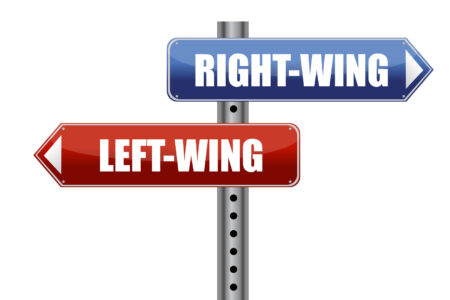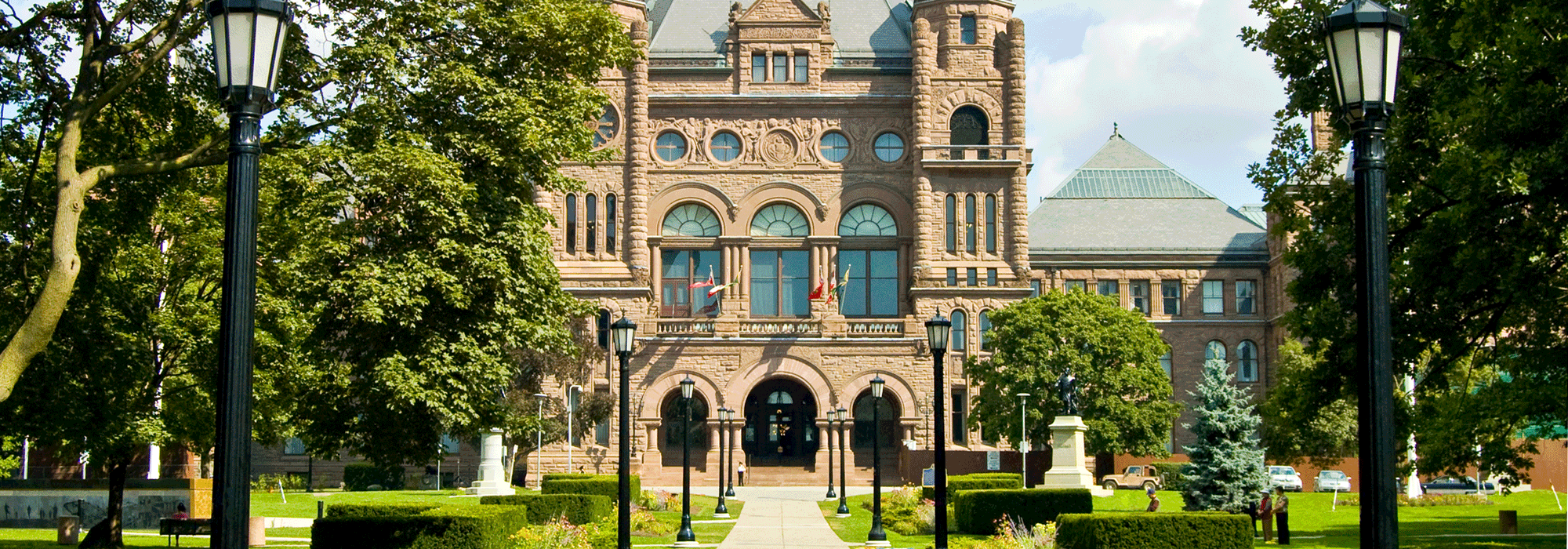
Even more so than usual, Ontario’s politics is going to be starkly affected by who the prime minister is when the dust settles on this federal election. Unless the NDP pulls off some kind of crazy miracle in the next week — and hey, stranger things have happened! — Premier Kathleen Wynne is either going to be working with a like-minded Liberal friend pushing policies that may as well have been taken from her own platform, or an implacable Conservative foe who she spent the entire campaign attacking and disparaging.
Yes, there are all kinds of complicated post-election scenarios possible. And if we do get a minority government, as seems likely, who knows how long it will last. But let’s assume for the moment that we end up with either Justin Trudeau or Stephen Harper running the country for the next year or two. The consequences for Queen’s Park are huge, both in terms of policy and politics.
Let’s start with policy.
There are three major programs the Wynne government is in the midst of implementing right now: the Ontario Retirement Pension Plan, the cap-and-trade program, and a transportation infrastructure spending program called Moving Ontario Forward that’s worth about $30 billion.
Trudeau becoming prime minister would almost certainly halt the ORPP in its tracks. Scheduled to start rolling out in 2017, the ORPP is really just a stopgap measure until the federal government expands the Canada Pension Plan, which Trudeau and Thomas Mulcair have pledged to do but Harper staunchly opposes. The Ontario government would be very happy to drop the ORPP for the CPP expansion (as would pretty much all ORPP supporters).
Should Harper stay in office, however, the ORPP is coming and things are going to get nasty. Harper isn’t just opposed to the ORPP; he gloats about actively obstructing it and making it as difficult and expensive as possible by refusing to allow any federal assistance in its administration. This infuriates Wynne, who describes it as “an attack on the people of our province.” It’s the biggest reason she’s come out so hard against Harper in this campaign.
If Harper is prime minister, Queen’s Park will have to trudge forward with bringing in a brand new pension plan filled with complicated and controversial exemptions. It will have to contract out the administration of it, or create a new administrative body from the ground up. It will have to battle an array of business groups lined up against it. It will have to do all of this in the lead-up to a 2018 provincial election. But if Trudeau wins, the ORPP just disappears.
Cap-and-trade, on the other hand, is going forward no matter what. But in one situation, Wynne will be working with a federal government that encourages and even funds the expansion of carbon pricing across the country. In the other, she gets a federal government that mocks and attacks her repeatedly for bringing in a “job-killing carbon tax” (which comes on top of the ORPP being a “job-killing payroll tax”). No speech by an Ontario Liberal on the environment goes by without a long, tedious section assailing the federal government. It’s hard to even imagine how different it would be with the two governments working in cooperation on this front.
But it’s infrastructure spending that really shows how much Wynne and Trudeau are marching in lockstep. Trudeau’s announcement of $60 billion in new federal infrastructure spending was packaged with the exact same rhetoric as Wynne’s $30-billion program. (In fact, the lines may have literally been typed out by the same people, given that Wynne’s press secretary and the Ontario transportation minister’s press secretary are both currently on leave to work on the Trudeau campaign.)
It flew under the radar, but Trudeau’s announcement last week that he’d provide $2 billion in federal funding for the $13.5-billion GO Train electrification project is a big deal. (The province has been requesting this from the Harper government, with no response.) This comes on top of the promised $2.6-billion federal funding for SmartTrack, which is essentially part of that same GO Train project.
To put that funding in perspective, the sell-off of 60 per cent of Hydro One, which is one of the biggest privatizations in Ontario’s history and one of the biggest IPOs in Canadian history, and which may come to be a defining element of Wynne’s legacy as premier, is only going to raise $4 billion at most for transportation infrastructure. This kind of hefty federal transportation funding could very well determine how quickly Ontario is able to balance the budget.
In contrast, here’s how things have worked with Harper. The Wynne government submits a list of its priority projects for federal infrastructure spending. Then one day, out of the blue, the federal government announces an injection of infrastructure funds into a project that was nowhere to be found on that list. Every infrastructure announcement becomes a political fight. Sometimes people say the Harper/Wynne spat is just superficial maneuvering, but this is an example of the real consequences of having a prime minister and a premier who hate each other’s guts.
This isn’t to take sides. If you think Wynne’s big programs are terrible, this would all cause you to think well of Harper. I’m just making the point that there’s a real fork in the road coming here.
Now, the politics.
Wynne was asked at a press conference today whether her support of Trudeau could wind up damaging her own longterm governing prospects, given that Ontarians have historically preferred to have different parties in power federally and provincially. She laughed it off.
It’s an interesting question, though. Sometimes this tendency to have different parties in power is chalked up to Ontario voters “hedging their bets,” and that might be true. But there’s another reason why a party rising to power in one place can doom it in the other.
Let’s say Trudeau becomes prime minister next week, and stays prime minister for a while. There will be big demand for experienced Liberal staffers in Ottawa: policy strategists, pollsters, communications experts, and so on. The lure of working in a federal cabinet office is strong. I wouldn’t expect an exodus out of Queen’s Park or anything, but there’ll be a steady trickle.
There’s a flipside, however: Should Trudeau win, a small army of federal Conservative staffers and organizers will suddenly be out of work. Some of them may find quick employment again, given the CPC will have a leadership race. But the Harper government’s ouster would also come just as Patrick Brown’s Ontario PC Party is energized and rebuilding, and working on an election platform to take down Wynne in 2018.
I’m certainly not saying it would sway the election. But that tide of staffers moving between Parliament Hill and Queen’s Park can have a ton of influence down the road. If Harper stays on as prime minister, that tide stands still.
Election night is going to be fascinating no matter what. Canada’s never had true a three-way race for prime minister before, and it’s been thrilling. But for us Queen’s Park watchers, it’s going be especially interesting to see what happens — and to start thinking about how far the ripples will spread.







